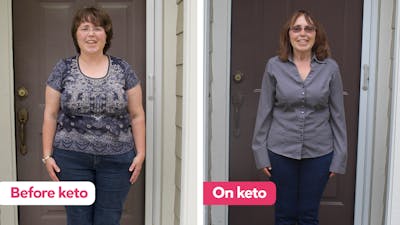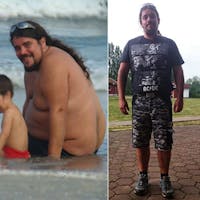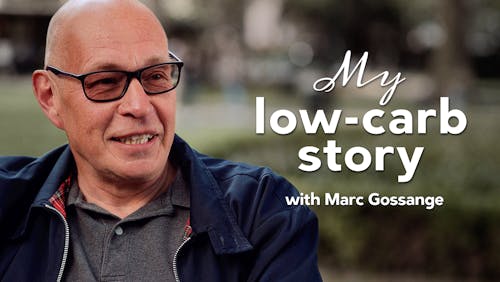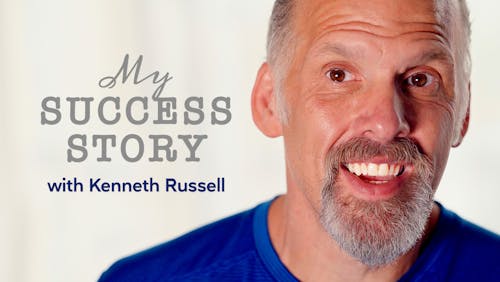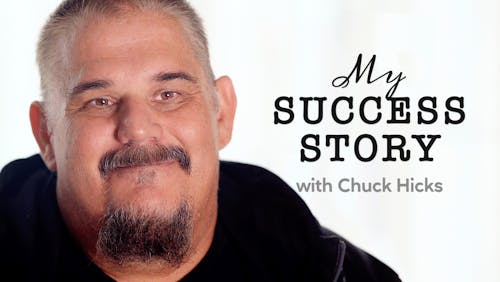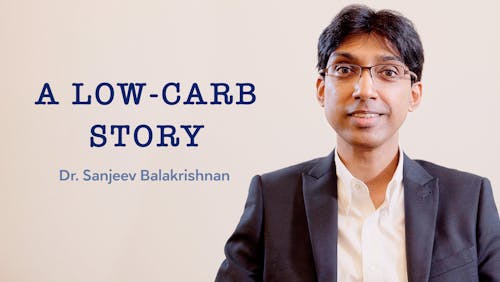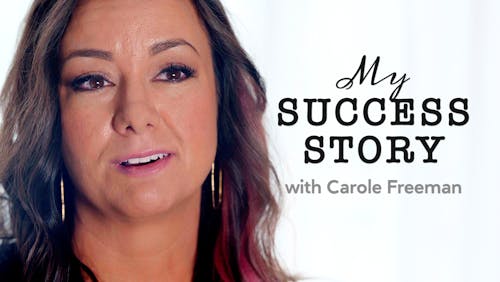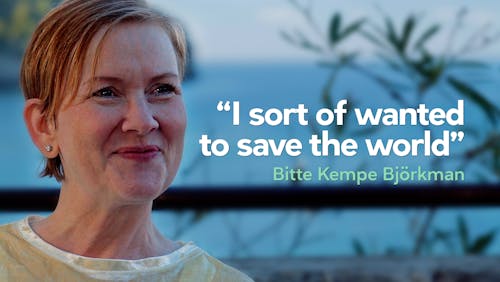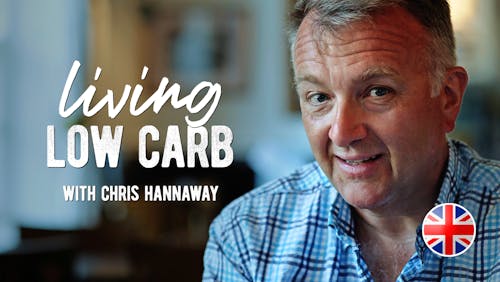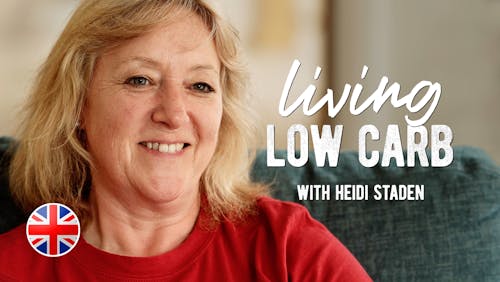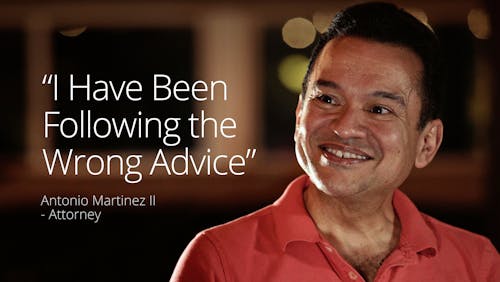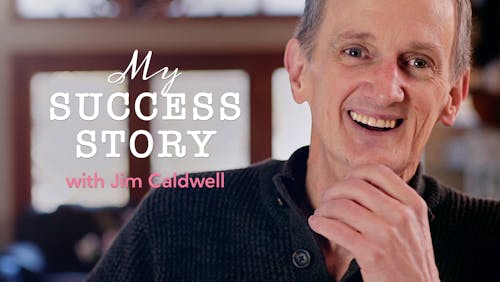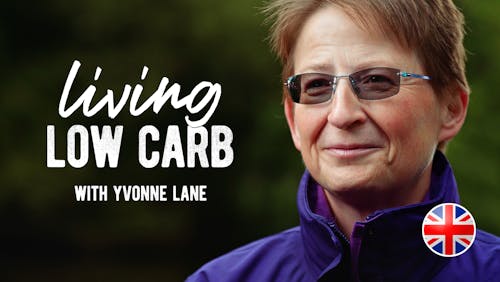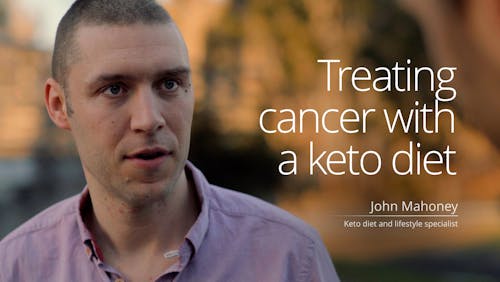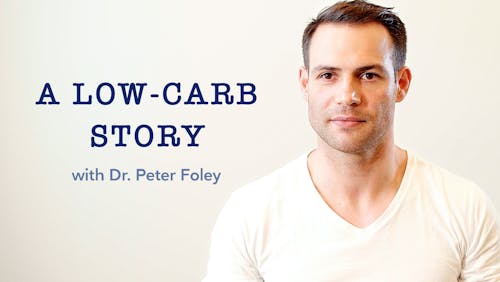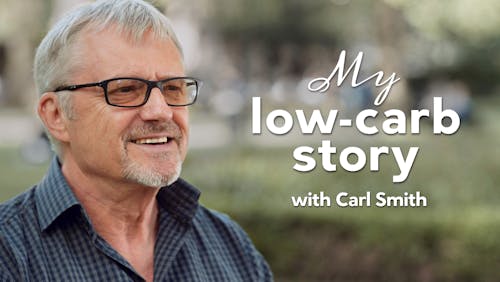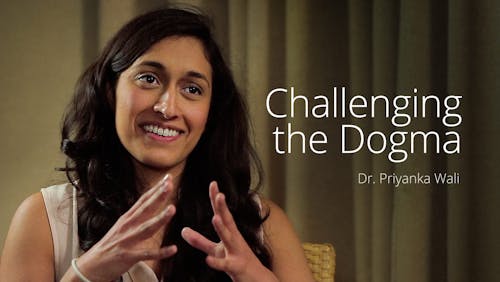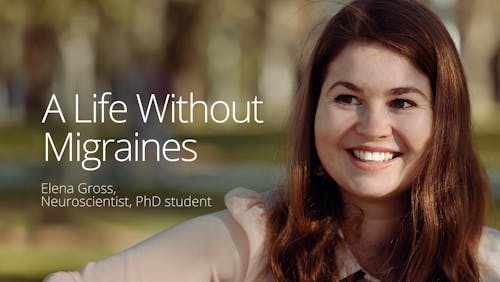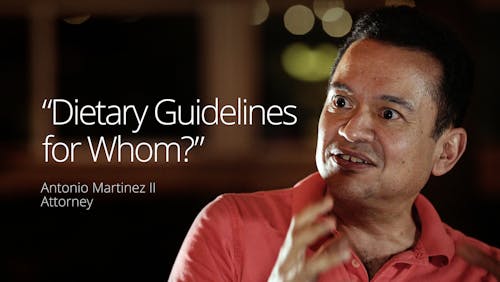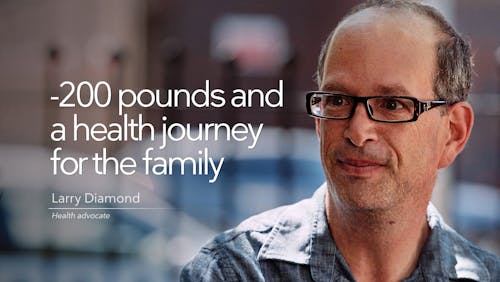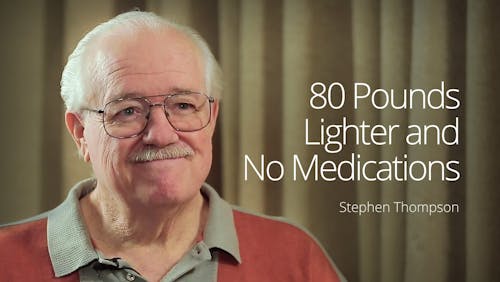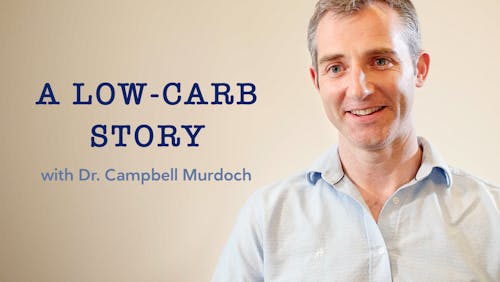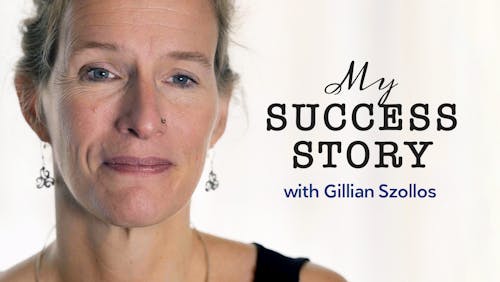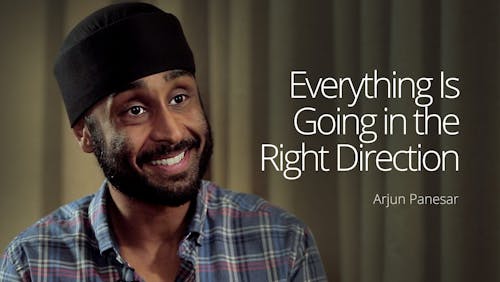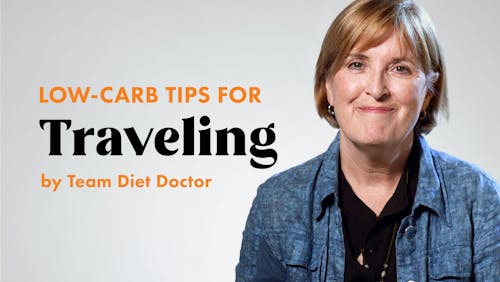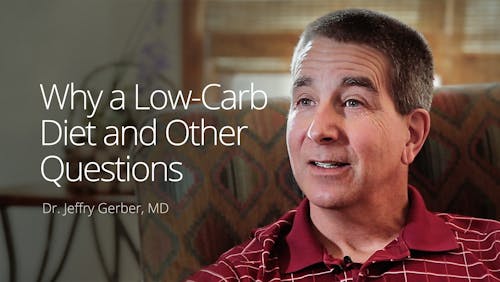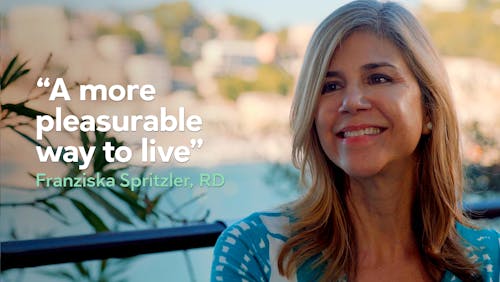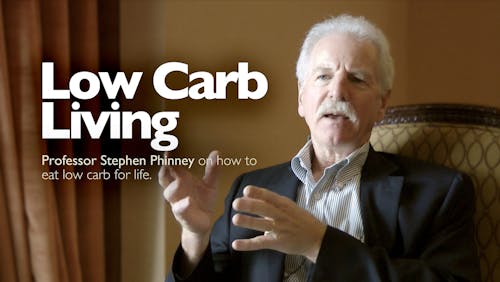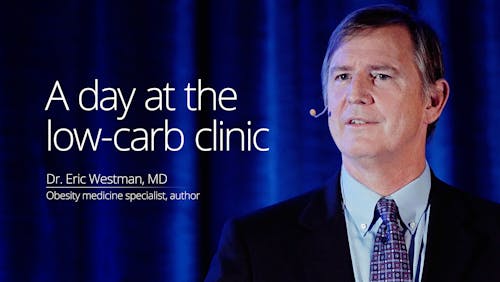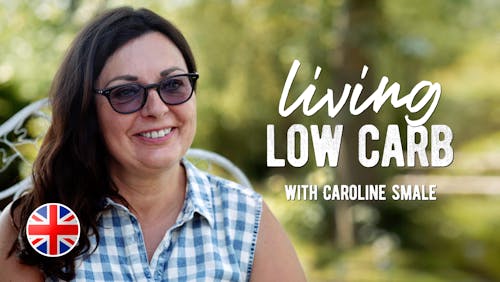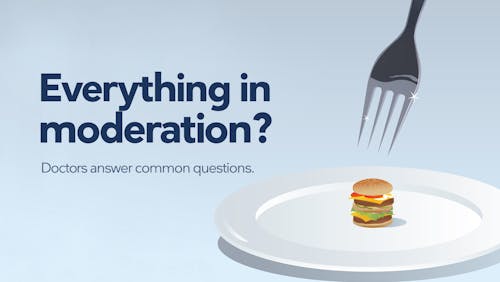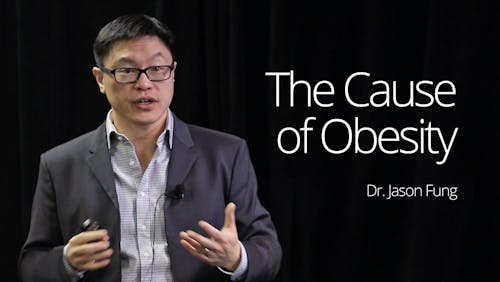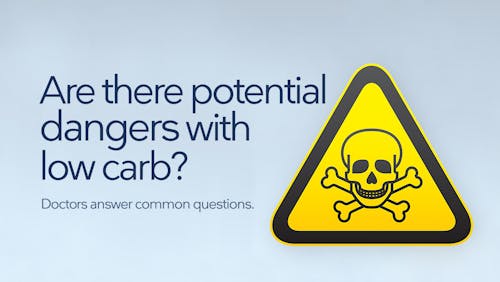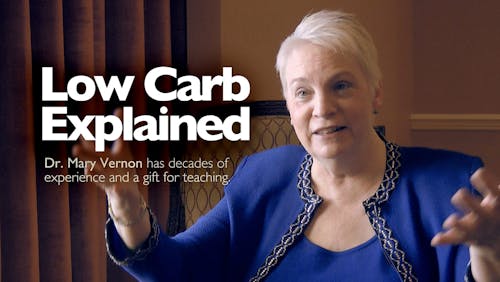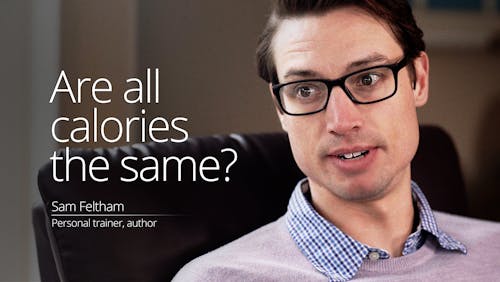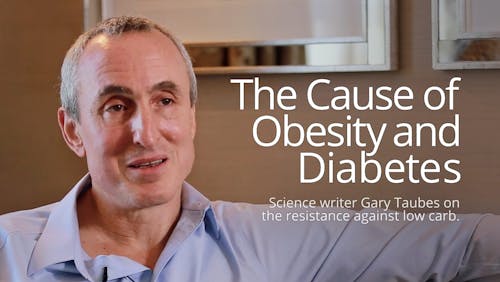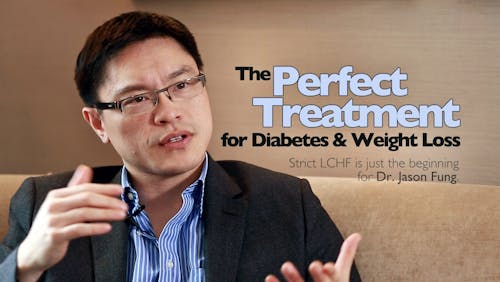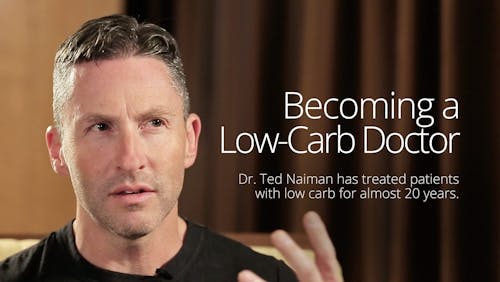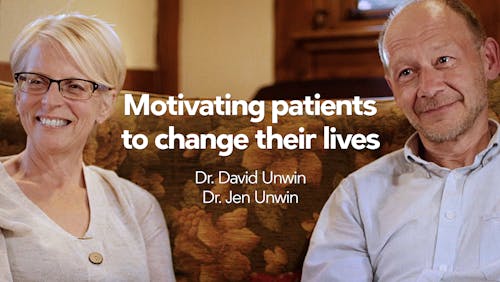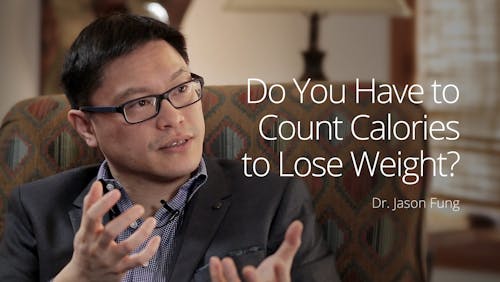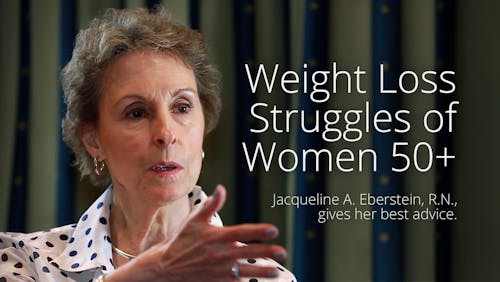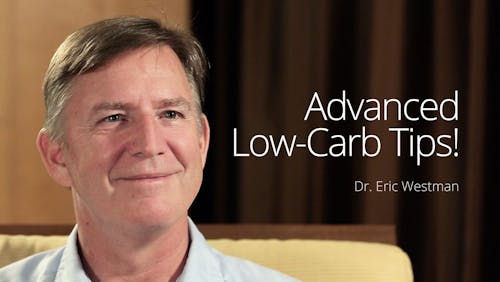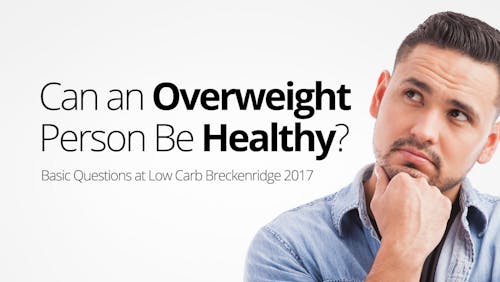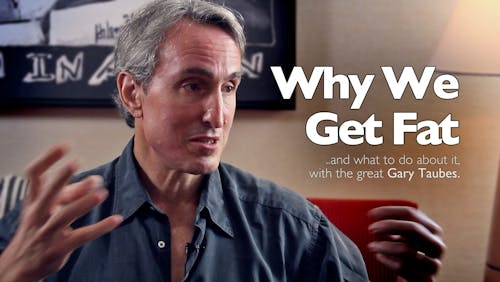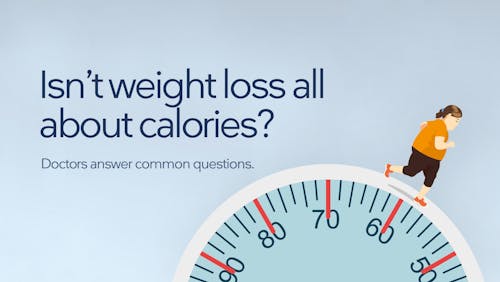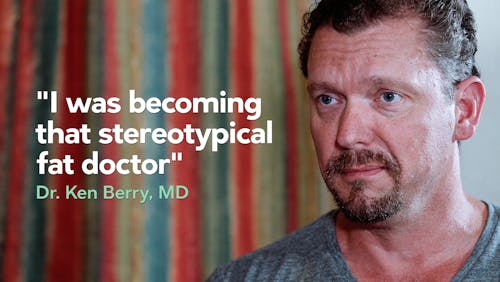Maintaining a loss of over 100 pounds on a low-carb diet for 17 years
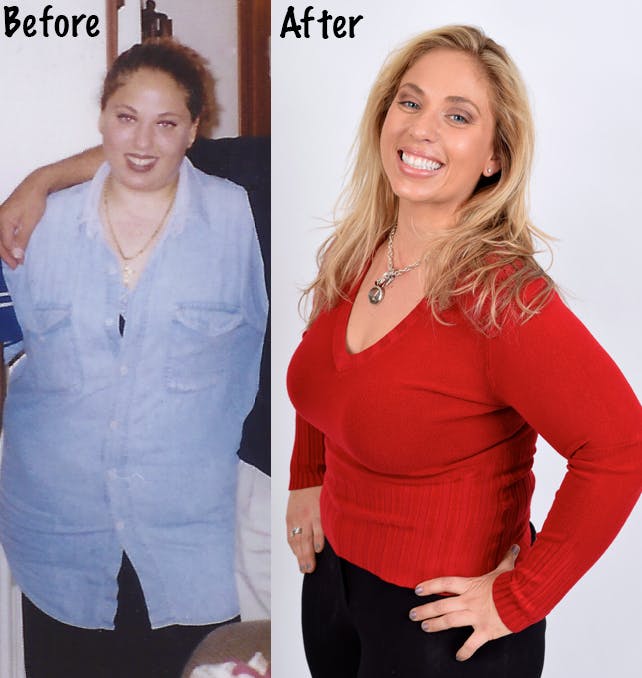
Age: 39
Height: 5’2” (157 cm)
Highest weight: 265 lbs (120 kg)
Current weight: 163 lbs (74 kg)
Lowest weight: 147 lbs (67 kg)
Giulia Preziuso’s earliest realization that she had a weight issue came at age five, when she was in kindergarten.
“I remember we were all lined up in the hallway. The nurse was taking us in one by one to weigh us. And when I got on the scale, her expression told me that something was not right. Then she said, ‘Wow, 80 pounds (36 kg). That’s a lot,’” Giulia recalls. “And I just remember the children laughing because of her reaction to my weight. That’s when it dawned on me that I was bigger than everyone else and that it was a problem.”
In addition to having her weight pointed out at school, Giulia received far more damaging negative feedback at home.
“My mom, who was obese herself, did a great job of making sure I knew that I was too fat. And my dad always made it clear that he was disappointed by my weight,” she says. “Other family and friends made comments about being such a pretty girl, if only she could lose weight. But I think the most damaging message, though, was when people in the Italian community would say, ‘Che pecchato,’ which translates to ‘What a sin.’ When you’re raised in a Catholic environment and you hear that, it really does something to you emotionally. So food became both my solace and the enemy.”
Additionally, the mixed messages she received about food were confusing and frustrating.
“I could never really enjoy food at home because I was constantly being ridiculed and shamed for how much I ate and weighed. Plus I was really conflicted because in Italian culture, food is love. So when mom is pushing the second and third helping on you at the dinner table and you don’t take it, you’re communicating to her that you don’t love her. But at the same time, dad is saying, “You don’t need that.’”
The constant focus on her weight coupled with trying to please both parents led Giulia to begin hiding food and eating when no one was around.
Although she struggled with anger issues and defensiveness at both home and school, she also developed a great sense of humor, which helped her cope.
“In high school, I made friends with every ethnic girl: our lunch table from Greece, Nigeria, Dominican Republic. As first-generation Americans, we were very different from the typical all-American family. My best friends that lived across the street were also first-generation from Turkey, and we were all obese. We hung out and ate a lot together at the time, because food means so much in our culture. But unfortunately, it was also killing us,” she says, sadly.
Her family doctor’s prescription for losing weight was anything but healthy and sustainable: fen-phen – the weight loss medication that was subsequently removed from the market due to jeopardizing heart health – and the Cabbage Soup diet, a nutritionally-inadequate fad diet.
At 265 pounds (120 kg), Giulia was seriously considering weight-loss surgery. However, although she met the weight criteria, during her consultation with the surgeon she was told her that at age 18, she was too young.
Losing weight on Atkins
That turned out to be the tipping point for her; she realized she had to figure out how to lose weight on her own – without surgery or dangerous medication.
So on February 8 of 1999, Giulia and her friends vowed to go on a diet and lose weight for good. Although her friends decided to do Weight Watchers, fortunately for Giulia, she chose the Atkins Diet.
“I felt like I needed to have access to lots of food, and I didn’t like the restriction on portion sizes with Weight Watchers. I also didn’t think that fat-free eclairs and Napoleons were necessary as part of the diet strategy at the beginning,” she says.
Once Giulia started the Atkins diet, her weight loss was swift, easy, and continuous.“I lost 75 pounds (34 kg) within the first four months, and after 10 months I was down 125 pounds (57 kg). It was like I took off a fat suit,” she smiles. “I also began walking a lot right away, which definitely helped, although it was really challenging for me at the beginning. But that’s the kind of results you want to see when you’re morbidly obese. You want something that’s fast and effective, or you’re going to bail on it altogether.”
“And it’s a no-brainer for me to eat eggs, cheese, and meat,” she continues. “I mean, it’s not punishment. You’re not missing out on anything.”
Although initially Giulia weighed and measured all of her food, constantly checked urinary ketones, and worked out constantly, over time she learned to develop a more balanced view of weight maintenance.
“There where times were I was really hyper-focused on everything. But I realized it was unhealthy, so gradually I started to pull back.”Giulia tracks her food intake on MyFitnessPal because she likes that it has an interface with FitBit. She’s says that recently, she’s been more keto focused than calorie focused, staying between 30-50 grams of total carbs most days.
“Net carbs is the new school of thought. Back when I first started Atkins in 1999, you just counted all carbs. Although I like to mainly eat real food, Atkins bars and Quest bars are in my life because they’re convenient when I’m behind closed doors all day at work. But it can cause all kinds of issues if you only count ‘net carbs,’ especially when it comes to low-carb packaged foods,” she warns.
A typical day of eating for Giulia
Breakfast (7:00-8:00 am):
Three scrambled eggs with feta cheese and hot dogs OR a protein shake made with protein powder, almond milk, and frozen berries.
Coffee with creamer and Splenda.
Lunch (11:30-1:00 pm):
Tuna salad or chicken salad, Philly cheesesteak with lots of cheese, onions and mushrooms.
Snack (3:00-3:30 pm):
Protein bar and iced coffee.
Dinner (7:00-9:00 pm):
Rotisserie chicken or meat.
“I eat vegetables sometimes, but I don’t go out of my way to get them into my diet,” says Giulia. I love riced cauliflower, but even with that, I have to be careful of the carbs adding up. My digestive function is really good, fortunately. Overall, I try to eat whole food and save the carbs for things I like.”
Although her daily carb intake is very low as a rule, she does make occasional exceptions to include higher-carb foods, depending what they are.
“I haven’t been able to sit down and have a bowl of pasta or rice and feel okay about it for the past 18 years, so I just avoid it. But I will allow myself pizza every 90 days or dessert on somebody’s birthday without having to think about what’s in it or whether it’s keto approved,” she says.
“However, I don’t do this very often because mentally, I know I’m going to be able to manage all the stuff I need to take care of much better if I stay low carb and gluten free,” Giulia continues. “It just makes so much sense to me. For me, mood and food go hand in hand.”
Although she participates in a low-carb/keto Facebook group, most of the people she spends time with in real life don’t follow this way of eating. On the other hand, living alone makes it easy to prepare food for herself. And recently one of her colleagues in the office where she works as a therapist began eating low carb as well.
“Our office is now keto friendly,” she smiles. “All of the high-carb snacks like trail mix have been replaced by things like hard-boiled eggs and Jimmy Dean’s microwaveable bacon, eggs, and cheese cups. We always have easy, low-carb-friendly foods to eat.”
In addition to maintaining a low-carb lifestyle, Giulia works out regularly, although not obsessively.
Exercise
“These days, I exercise four days a week at best, sometimes five. I love working out, but I also have a chronic pain condition now, so I have some limitations and need to be mindful of that. I mean, I’m not squatting 350 pounds (159 kg) on my back like I used to. But I get a ton of cardio in. Last Saturday and Monday I did a 5-K walk, and Sunday I did a 10-K walk, with a little running here and there. I walk really fast, although I’ve got too much bounce per ounce to run long distances,” she laughs.
“I like walking and hiking a lot. Bike riding is another favorite of mine, and Zumba is so much fun for me. I meet my girlfriends at the gym for Zumba on Mondays and Fridays. I also do spin classes. I sometimes walk on the treadmill, but I prefer to be outside if the weather’s good. And I also do squats, leg day, chest and biceps day, back and triceps day, and abs every other day. So I’ve definitely get a good mix of everything,” she smiles.
Her best tips
These are Giulia’s tips for people who want to successfully maintain major weight loss:
- Always be prepared. “Preparedness is very important, particularly when you’re really busy. Failing to plan is what is going to make you fail, is what I’ve learned,” says Giulia. “You don’t want to come home to no meals or food in the fridge.”
- Exercise is not optional. “It’s part of sustaining our longevity. We need to embrace it. It’s not punishment. If we could understand that it releases some of the same endorphins as food and even cocaine, we would embrace it more and seek after it more than we seek after food.”
- Understand that you’re worth it. “You’re worth making the commitment rather than cutting corners and just eating whatever is available because it’s easier. You’re worth preparing for, you’re worth having high-quality foods, you’re worth feeling good. I notice with a lot of my patients that even if they lose weight, they still don’t like themselves. So in order to get them to be successful long term, I need to teach them to turn into themselves and love and nurture themselves. If you can do that, you’re going to be successful,” Giulia concludes.
You can get in touch with Giulia on Facebook at Defining Moments LLC and Instagram @mydefiningmoment.
Long-term weight loss
Do you want to read more long-term weight-loss stories, and how people have successfully managed it? Here are our three most popular posts:
Losing weight
For more tips on losing weight long term, have a look at this guide:
Try a keto diet yourself
Sign up for the free 2-week keto low-carb challenge!



